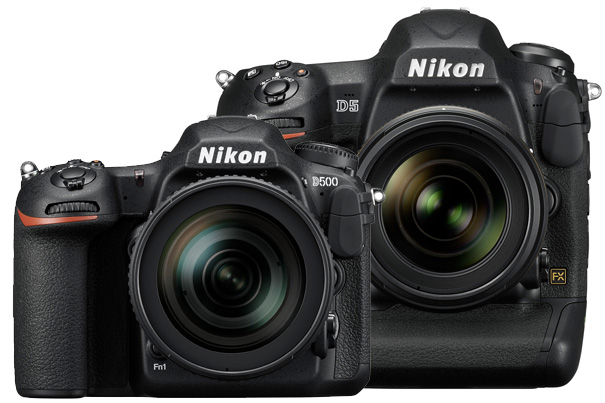
Announced at CES 2016, the Nikon D5 and Nikon D500 are humble when it comes to pixels, with only 20.8 and 20.9 million respectively, but both offer a myriad of powerful new imaging innovations, suggesting that pixels are not the most important.
While the D5 will probably be the main theme for many, the fact is that the resurrection of the DX format by Nikon is an important piece of news. Naysayers can now shut their mouth, as Nikon is back on track, and not only with a model to say “we are here” but with a powerhouse of a camera that will seduce many photographers and videographers.
Nikon is well aware of the importance of the APS-C sensor and although it did take some time coming with a top of the line model, here it is, embodied on the D500, a camera offering the best combination of speed, reach and connectivity Nikon engineers could put together for 2016.
“Nikon has answered the call from photographers to once again re-invent this camera category and offer an unmatched combination of performance and value that is hard for any photographer to resist,” said Masahiro Horie, Director of Marketing and Planning, Nikon Inc. “When paired with the amazing imaging capabilities of legendary NIKKOR optics, photographers can capture intimate portraits, mind-blowing macros or action from extreme distances– the possibilities are endless.”
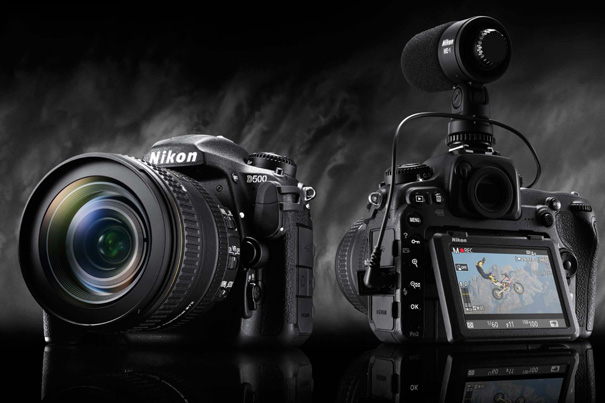
The APS-C versatility
The D500 mixes the best of both worlds, offering advanced enthusiasts and pro photographers all the benefits of DX-format, such as smaller form-factor and lens crop, combined with many of the same advanced pro features found in the new Nikon D5. The new Nikon D500 features an all-new 20.9-megapixel DX-format CMOS sensor that renders images with outstanding colors and gorgeous tonality. This new sensor is coupled with Nikon’s new EXPEED 5 image processing engine, affording low noise and maximum processing power with a surprisingly small footprint and superbly balanced body.
At a moment in time when the launch of new lenses for Micro Four Thirds, as the 100-400mm from Panasonic, allows the smaller format to enter a realm until now left to DSLRs, Nikon feels the need to talk weight and size, so they reflect on the benefits of the DX-format, stating that they are “evident for long-distance applications like wildlife and sports photography, where telephoto ability is at a premium and weight reduction is welcome. With Nikon’s legendary FX or smaller-sized DX-format NIKKOR lenses, the sleek D500 is the ideal companion for wanderlust. When mated with the new AF-S NIKKOR 200-500mm f/5.6E ED VR lens, the D500 offers a remarkable 350-750mm equivalent focal range for a lightweight, yet super-telephoto duo.”
Video is not an afterthought
The D500 has the ability to capture striking 4K UHD video at up to 30p (3840×2160), as well as Full HD (1080p) video at a variety of frame rates. Ready for any production, the camera sports a host of pro video features derived from the D810, including uncompressed HDMI output and Picture Controls, but adds even more great features. These pro-level creative video features include the ability to create 4K time-lapse movies in-camera, Auto ISO smoothing to provide fluid transitions in exposure during recording, and the capability to record 4K UHD video to the card and output to HDMI simultaneously. When capturing 1080p Full HD content, the camera also has a new 3-axis electronic VR feature that can be activated regardless of the lens being used. Challenging video exposures are no problem for the D500, as it also adds in Active D-Lighting to Full HD video to balance exposure values within a scene to help prevent blown-out highlights.
One interesting aspect of the Nikon D500 is the camera’s ability to increment the focal length of a lens by using only 1.3x of the image area. If you want to get closer to your subject but don’t have time to change the lens, the D500’s 1.3× image area may be just what you need. By providing an angle of view equivalent to that of a lens with roughly double the focal length in 35mm format (approx. 1.3× equivalent of DX format), it allows quick, dramatic changes of composition. This is especially useful for video, as it provides Full-HD movies in cropped size.
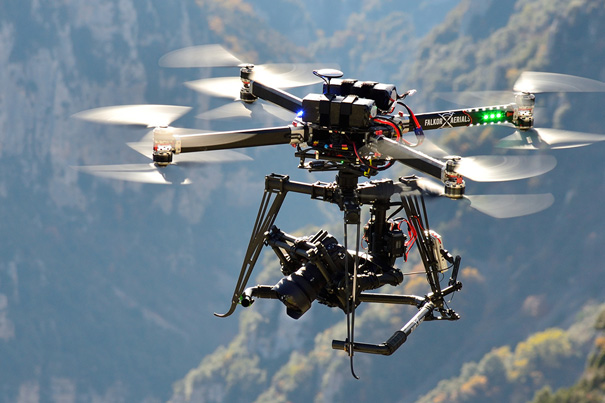
Performance Meets Portability
Within the streamlined body of the D500 is a formidable processing powerhouse. Whether photographing sideline sports for the home team or animals in exotic destinations, a super-fast 10 frames-per-second (fps) burst speed with full AF and AE will help nail nearly any shot. This extreme speed lets users capture every fleeting moment in exceptional clarity, while a generous buffer allows for up to 79 shots (14-bit, uncompressed RAW/NEF) to be captured, so the moment won’t be missed.
To keep pace with the action, the D500 is fitted with the same AF system as the Nikon D5, the Multi-CAM 20K AF sensor module, with a separate dedicated processor for AF function. On the D500’s DX format sensor, the 153-point AF array fills the frame from side to side, letting users flawlessly track and lock-onto subjects from the edges of the viewfinder. Like the D5, the D500 utilizes the new 180K RGB Metering system and Advanced Scene Recognition System to help ensure balanced exposures and fantastic color rendition in nearly any shooting situation.
No flash for durability
The camera that, finally, substitutes the venerable D300S and reaffirms Nikon’s intentions when it comes to the APS-C format, leaves out the popup flash present on the previous model, suggesting an even stronger connection with the D5 than the D300S had with the Nikon D3. Nikon says the D500 excludes a pop-up flash, for further durability, but is fast to add that the camera is compatible with the company’s first radio controlled flash, the SB-5000 Speedlight (with optional WR-R10 & WR-A10). While I do appreciate what a built in flash can do when there is nothing else around, I understand that having an external flash controlled by radio makes for a much more interesting solution. Nikon just wants everybody to buy their new system now. Still, there is one thing I don’t get: if it is all about durability, then the tilting LCD, no matter how usable it is, should not be removed?
The bright 3.2-inch, high resolution (2359K-dot) touchscreen LCD, which lets users interact with photos in playback, control the camera and operate menus, is good for both photography and video. When mounted on a tripod or shooting from creative angles, landscape and event shooters will, says Nikon, appreciate the reinforced tilting LCD screen, similar to that of the Nikon D750.
SnapBridge, built-in connectivity
The D500 uses a fast XQD card to keep images, with an additional SD card slot for maximum workflow efficiency, but also a new way to share photos wirelessly with the new Nikon SnapBridge, making the camera’s built-in connectivity easier to use than ever before. SnapBridge allows for Bluetooth supported connection between your camera and compatible smart device, thus making automatic upload of your images possible. Once enabled, the camera stays connected to the smart device and transfers photos, eliminating the need to re-connect devices.
Those looking to share images from their travels or from the field can also tag images for transfer in camera and can password protect their connection for added security. As an added benefit, the D500’s built-in Near Field Communication (NFC)3 capability easily connects the camera to a compatible smart device with just a tap, while built-in Wi-Fi3 capability allows for faster wireless image transfer. For those looking for an even faster transfer solution, the D500 is also compatible with the new optional WT-7A Wireless Transmitter, enabling wired or wireless transmission of files to an FTP server or computer at faster speeds.
The new Nikon D500 DSLR will be available in March 2016 for a suggested retail price (SRP) of $1,999.95 for the body-only configuration. A kit will also be available, bundled with the versatile AF-S DX NIKKOR 16-80mm f/2.8-4E ED VR ED VR lens, for the SRP of $3,069.95. The MB-D17-battery pack will also be available in March 2016 for the SRP of $449.95 and will add extended battery life and facilitate vertical shooting. The WT-7A Wireless Transmitter will be available in March 2016, for the SRP of $934.95.
Nikon D5: 3 minutes of 4K video
The D5, D500’s bigger sister, is the new professional camera from Nikon. It is interesting to point out two things on this model: it includes a humble 20.8 megapixel CMOS sensor, and while it does 4K, it can only capture small segments, 3 minutes long. Yes, the professional model from Nikon does not go after millions of pixels and offers 4K only in small portions. Should Nikon be crucified for that?
Probably not! The D5 is not your first choice for video, as it is mostly a tool for professional photographers, and anyway, 3 minutes of 4K UHD (3840×2160 at 30p) video capture can be a long time. But the camera can do Full HD 1080p video at a variety of frame rates, having, in fact, all of the most popular pro-level features of the Nikon D810, including uncompressed HDMI out, simultaneous live view and headphone/microphone connections. Additionally, the D5 adds a feature to smooth exposure transitions using the Auto ISO function as well as exposure compensation to create natural-looking exposure transitions in video. It should also be noted that multimedia content creators can also use the D5 to create 4K time-lapse videos in-camera using the Time-lapse Movie function, and can create 8-megapixel still images from frame grabs.
Low-Light Performance
The Nikon D5 offers an unprecedented native ISO range, from 100 to 102,400, reinforcing the D-series reputation as the leader of low-light image capture. A veritable new world of shooting opportunities awaits, as advancements in noise reduction and processing help capture low-noise images with fantastic fidelity that were previously impossible. The D5 tames the shadows, whether shooting a newlywed couple’s candle-lit first dance or sports with minimal lighting. The D5 also realizes unprecedented image quality in the high-sensitivity range between ISO 3200 and 12800 — the range favored by sports photographers. In addition, the D5 affords the ability to use higher shutter speeds with minimal illumination, letting photographers capture stunning images that are sharper, clearer and more colorful than ever before.
As an added benefit, the next generation autofocus system performs in near darkness, acquiring focus in as little as EV-4 illumination. For extreme low-light ability, the ISO range is expandable from 50 (Lo-1) to a staggering ISO 3,280,000 (Hi-5), offering near-night vision capability that’s well beyond the visibility of the human eye. This extreme sensitivity is a benefit to photojournalists as well as for surveillance and security applications, letting users get shots others cannot see without a flash. This vast ISO range is also available to those capturing 4K UHD video, opening up new possibilities for multimedia and spot-news capture.
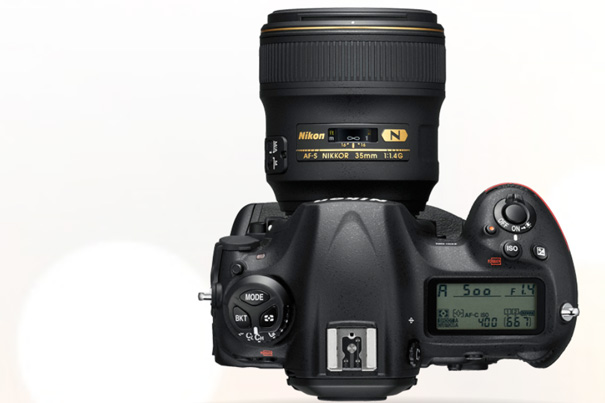
3780 shots per charge
Nikon’s EXPEED 5 engine also serves to dramatically enhance camera performance, delivering low noise, high-speed image processing and offers the additional processing power needed for 4K UHD video. For professional sports and wildlife photographers, the D5 is capable of capturing images at 12 frames-per-second (fps) with full AE and AF, helping to ensure that the decisive moment is caught in crystal clarity and absolute sharpness. Users can also shoot at up to 14 fps with fixed focus and exposure and the mirror locked up, ideal for remote capture. Because the action won’t take a break, the extended buffer lets users shoot for up to 200 frames of 14-bit lossless RAW/NEF files + JPG fine. The new processor is also 25% more efficient with up to 3780 shots per charge, states Nikon.
Further enhancing speed, the D5 is able to utilize the superior read and write speed of XQD memory cards, which are up to 35% faster than CF cards. To appeal to a wide variety of photographers, the D5 will be available in two versions; with either dual XQD card slots or with dual CF card capability. For maximum efficiency the camera is also capable of shooting smaller RAW Size S or M file types (12-bit, uncompressed), for greater flexibility when transferring batches of files from the field, while retaining image integrity. Photographers can also use the built in 1000 Base-T 400MBps Ethernet connection for image transfer, with speeds up to 1.5x faster than D4S.
In general terms, and forgetting some excesses from the marketing department, the Nikon D5 once again redefines what a DSLR is capable of capturing, and is engineered with the ideal balance of resolution, low-light ability, system speed and processing power. The resulting camera body is truly worthy of the flagship moniker, giving professional photographers and multimedia content creators an indispensable tool to make their creative vision a reality with superior image quality. The D5 introduces many technological firsts for Nikon and offers many new features that share a common goal: to get the shot, no matter what.
The Nikon D5 DSLR will be available in March for a suggested retail price of $6,499.95. The Nikon SB-5000 AF Speedlight will be available in March for $599.95. The WT-6A Wireless Transmitter will also be available in March, for $749.95.

Filmtools
Filmmakers go-to destination for pre-production, production & post production equipment!
Shop Now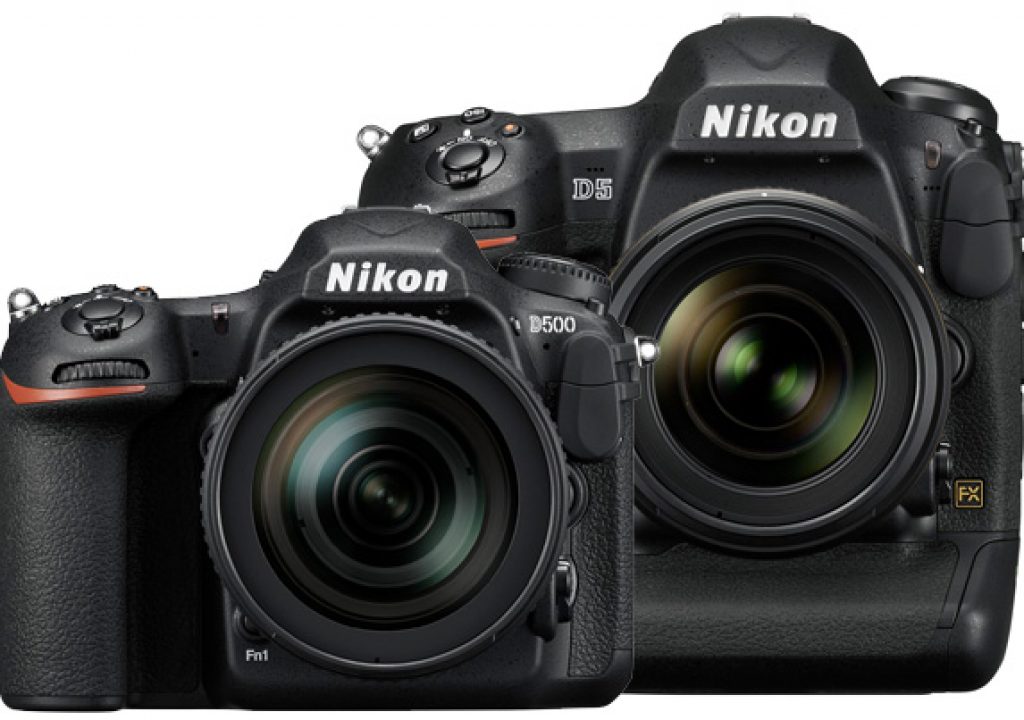
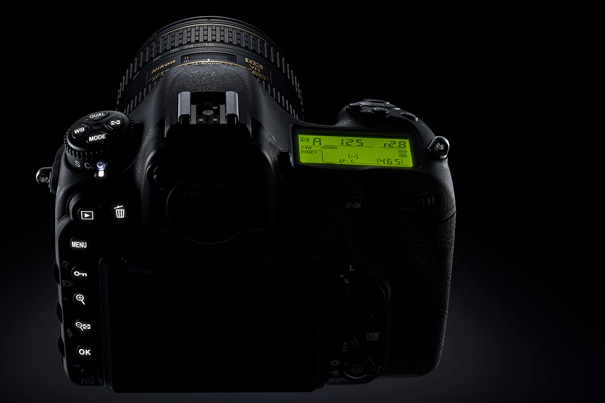
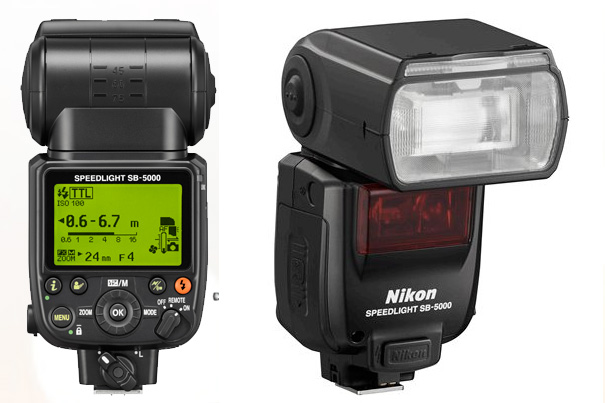












![RED Adds Nikon Z Mount to V-RAPTOR [X] and KOMODO-X Camera Systems 47 RED Adds Nikon Z Mount to V-RAPTOR [X] and KOMODO-X Camera Systems 11](https://www.provideocoalition.com/wp-content/uploads/V-RAPTOR-X-Z-Mount-520x400.png)
